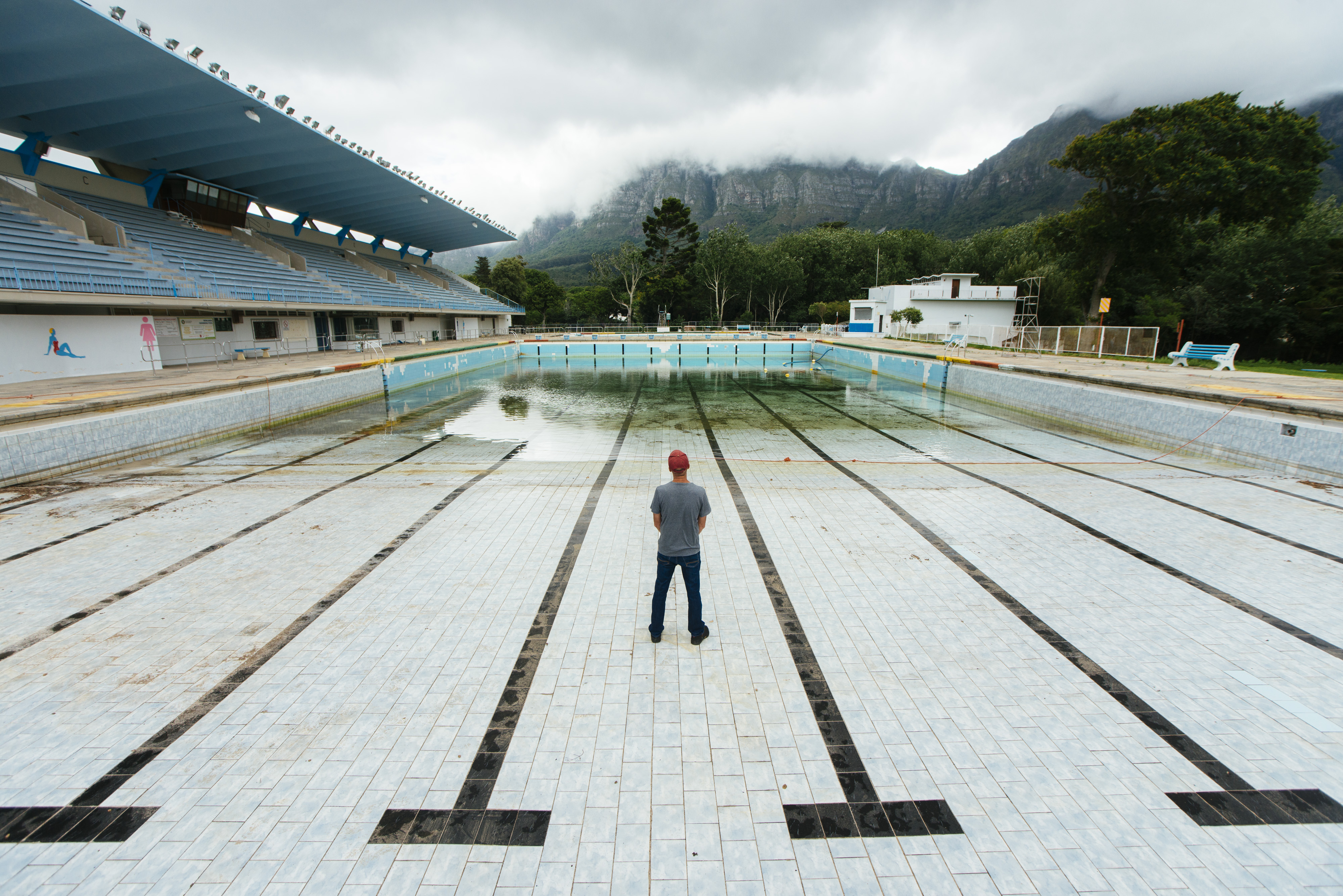

One in four people in the world has no access to clean drinking water. This not only poses numerous health risks, but is also responsible for more than one million deaths, especially in poor countries. The goal of sustainable development is therefore to ensure that everyone has access to clean water by 2030. In the last ten years, however, water supply has improved by only 3%. Whether dirty or clean, too little or too much, water continues to emerge as one of humanity’s greatest challenges. Water scarcity already affects 40% of the world’s population, and the situation is set to worsen as a result of climate change. The exhibition ‘Water Pressure. Designing for the Future‘ by the Museum für Kunst und Gewerbe Hamburg (MK&G) and Jane Withers Studio takes a global perspective on the water crisis: From 14 March to 13 October, the exhibition presents design ideas that “have the potential to radically change our future”. The 75 or so innovative works from the fields of design, architecture, art and science are often based on principles from nature and thus open up new ways out of the current situation. Inspiring solutions to problems such as water scarcity, flooding, pollution and disrupted water cycles are presented in five chapters. The port city of Hamburg and its current and future challenges are also addressed – from flooding to water shortages.
It begins with a chronology of water, from ancient civilisations through industrialisation to the present day. “Water Stories” explores the cultural significance of water, while “Bodily Waters” examines the close relationship between humans and water inside and outside the body – for example, by monitoring wastewater to detect diseases such as SARS-CoV-2. The chapter “Thirsty Cities” looks at water management in selected metropolises in different climate zones. “Invisible water: agriculture and industry” presents current approaches in agriculture and industry that can reduce water consumption and thus bring about systematic change. And the chapter “Ecosystems: Land and Sea” presents alternative approaches by designers and policy-makers to restore the balance between humans and nature.
Under the title ‘Reimagine Water Flows’, the Dutch firm OOZE Architects is developing a mural for the MK&G building and the city of Hamburg that explores the challenges of dealing with water. The Austrian design duo “mischer’traxler” will create the walk-in installation “Vital Rain”, which is being realised with the support of the Stiftung Hamburger Kunstsammlungen (SHK) and will be on permanent display in the museum. The exhibition, which will be accompanied by an extensive supporting programme, will also travel to the Museum für Gestaltung in Zurich at the end of the year and to the MAK – Museum für Angewandte Kunst in Vienna in spring 2025.
More on ndion
Discover more articles on the topics of Innovation und Sustainability.
Share this page on social media:

